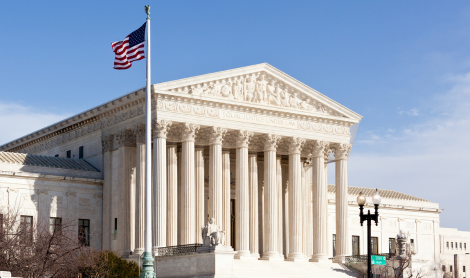In the second post of a two-part series, Scott Pearson, Executive Director of the D.C. Public Charter School Board, addresses another big question raised in Emma Brown’s recent article on charter school growth in the nation’s capital: joint planning. Pearson says that “everyone in the city, from residents to public officials, supports the idea of more joint education planning.” But, he asks, “what do we mean by planning?”
If, explains Pearson, planning means asking and answering questions like “what kind of schools are needed?; Where?;” and “How can we create more high-performing schools that serve all students?” then the Public Charter School Board supports it. What it can’t support, he says, is central planning–planning as a means of protecting some schools from competition and other means of rigging the system to maintain the monopoly. “’Protecting’” an existing school from competition by keeping out new entrants from locating nearby makes little sense,” argues Pearson. “Competition builds quality and strengthens neighborhoods.”
‘Protecting’” an existing school from competition by keeping out new entrants from locating nearby makes little sense. Competition builds quality and strengthens neighborhoods.”
-Scott Pearson, Executive Director, D.C. Public Charter School Board
Pearson argues that “rather than capping charter growth, we should consider how charters and [DC Public Schoos] together can continue attracting more families to public schools in the District.
Rather than focus our energies walling off places schools can’t go, we should be working to get more great schools to locate in those neighborhoods most in need of more quality seats. Let’s identify places we need great schools, and then offer facilities to our highest performing schools to open there.
-Scott Pearson, Executive Director, D.C. Public Charter School Board
This kind of joint planning, he argues “is different from central planning. Joint planning takes a system built around competition and choice and seeks to optimize it. Central planning allocates resources based on a single perspective of what is best for the city.”
Pearson calls for the kind of joint planning that “can improve choices and efficiency, while preserving the autonomies and competition that have done so much to improve public schooling in the District. We are eager to engage in this process with our partners in the city, and to hear more from community members about how best this process can serve them.”


